
If you’re following developments in the world of skincare, you may have noticed that the word “epigenetics” keeps popping up these days. It’s not the simplest of terms, and it doesn’t refer to the simplest of concepts either, but it’s worth looking into–because, turns out, epigenetics might be the key to figuring out how environmental aggressions affect our skin, and how we can protect it. Join us as we delve into the fascinating world of epigenetics, investigate the link between the environment and our skin, and come out the other side with a better understanding of how epigenetic skincare can play a role in our routines.
What is epigenetics?
The word “epigenetics” has had many definitions over the years. These days, however, epigenetics may be broadly defined as the field of scientific research that investigates how non-genetic factors (including lifestyle and environment) can affect gene expression, essentially “turning on” or “turning off” specific genes–which, in turn, impacts whatever action those genes had been programmed to perform.
Say you have a set of genes that help your body develop strong muscles, and so you’re a great runner. But what if something could turn off those genes? You’d still have them in your DNA, but they wouldn’t be doing their job–and, as a result, you’d struggle to run your next marathon.
This may sound far-fetched, but we promise you’ve seen epigenetics at work before. Think about pairs of identical twins: they share the same DNA and often look nearly indistinguishable as babies, but they don’t necessarily stay that way throughout their lives. This suggests that there must be something else, right? Something working alongside genetics to shape the way they grow, develop and age? It could be their diet, exercise routine, or even degree of sun exposure–all of those factors can influence how their genes function, and that’s exactly what epigenetics studies.
You may be wondering, though: what does any of that have to do with skincare? Let’s find out.
Intrinsic and extrinsic skin aging
To better understand the link between epigenetics and skincare, let’s take a moment to brush up on our knowledge of skin aging. According to a 2018 paper, skin aging is a result of two different sets of forces: intrinsic (or chronological) and extrinsic (or photo-aging).
Intrinsic or chronological skin aging, the paper continues, “results from the passage of time and is mainly influenced by genetic or metabolic factors. Aged skin exhibits epidermal thinning, fragility, wrinkle formation, and loss of elasticity.” Look at it through a microscope, and you’ll notice epidermal atrophy and “reduced amounts of dermal fibroblasts and collagen fibers, which are loose, thin, and disorganized.”
Extrinsic aging, on the other hand, is caused by environmental factors–including, famously, the sun, which is where we get the term “photo-aging”. “Photo-aged skin is characterized by epidermal thickness heterogeneity, accumulation of immune cells and pigmentation alterations,” the paper continues. Major alterations affect primarily the dermis and include the disorganization and degradation of collagen fibers, which in turn results in wrinkles and loss of elasticity.
In short, skin aging results from a combination of internal factors and external influences, each playing a distinct role. Some areas of the skin may be somewhat shielded from extrinsic aging (or photo-aging) due to limited sun exposure, but they will still experience intrinsic (aka chronological) aging. On the other hand, areas like the face and hands, which are constantly exposed to the sun, are vulnerable to both sets of forces, making them especially susceptible to premature aging.
Think of intrinsic aging as your standard, base form of aging, and extrinsic aging as an additional “layer” that affects the areas most exposed to environmental factors.
When epigenetics meets skin aging
We’ve established that environmental factors, like sun exposure, can promote skin aging beyond chronological skin aging, but we haven’t discussed how they can actually affect the way our genes function.
Take the sun, for instance: studies have shown that UV radiation can induce “free radical formation, DNA damage, and epigenetic changes such as hypermethylation of tumor suppressor genes and hypomethylation of oncogenes, increasing skin cancer risk.” Research on identical twins has also demonstrated that “smoking, poor nutrition, and sun exposure accelerate visible signs of skin aging and promote molecular changes, even among individuals with the same genetic background.”
Knowing this, we can see how epigenetics fits into the picture: if these factors are able to act on our skin at a cellular level, epigenetics could be the key to understanding these mechanisms, so that we are able to prevent and reverse them. According to a 2025 paper, “emerging research suggests that epigenetic markers of aging, such as DNA methylation patterns, can be modulated by aesthetic interventions. This opens the possibility that treatments aimed at reducing the visible signs of aging influence the biological processes that contribute to aging at the molecular level.”
And we may be able to bring that potential into our skincare, too: studies have suggested, for instance, that retinoids may be able to “modulate gene expression related to collagen production and cell turnover” and “influence DNA methylation patterns, reversing age-associated changes and promoting skin rejuvenation at a molecular level.”
In the end, it all comes down to this: through epigenetics, we may be able to move beyond correcting visible signs of aging and start addressing the underlying molecular processes at the root of skin aging.
Epigenetics-inspired skincare
Epigenetics is an expanding field and, as scientific research progresses, some brands are already applying the principles of epigenetics to the development of skincare products. Here are some of our favorites:
Clarins Double Serum
The natural serum with Epi-ageing Defense
The iconic Clarins Double Serum is now in its 9th generation–and more effective than ever, thanks to its epigenetics-inspired technology. Drawing from intensive research with identical twins, Clarins has infused this product with the innovative Epi-ageing Defense Technology, which harnesses the power of organic giant Provençal reed (Arundo donax) extract to neutralize environmental aggressions.
But let’s not think that the Double Serum has drifted away from its natural skincare roots! The formula features a highly effective cocktail of natural ingredients that stimulate the skin’s five vital functions: regeneration, oxygenation, protection, hydration, and nutrition.
MartiDerm Black Diamond Epigence Expert Repair Global Anti-Aging Cream
The pro-regeneration day cream
MartiDerm has been integrating epigenetics into its formulas since 2017, and the Epigence Expert Repair line is evidence of that. Developed with epigenetic principles in mind, this range is all about addressing the skin’s natural regeneration and repair mechanisms.
Take the Epigence Expert Repair Day Cream, a global anti-aging day cream designed to “reprogram” the skin in order to prevent and reverse signs of aging. The formula combines Epigen145, a hexapeptide and epigenetic active that boosts epidermal cell regeneration, and Proteum 89+, a proteoglycan that stimulates collagen and elastin production, promoting firmer, more youthful-looking skin.
Eucerin Hyaluron-Filler Epigenetic Serum Anti-Age
The anti-aging serum with Epicelline®
When Eucerin set out to research the chronological and biological ages of our skin–and what we can do to prevent it from aging beyond our years–, the result was the Eucerin Hyaluron-Filler Epigenetic Serum.
The key ingredient is Epicelline®, an epigenetically active ingredient that acts directly on the skin cells in order to prevent and reverse up to 10 different signs of aging. These include, among others, fine lines and wrinkles, loss of elasticity and firmness, and dullness. The formula also includes hyaluronic acid to hydrate and plump the skin, enoxolone to soothe any sensitivity, and glycine saponin to stimulate the skin’s own production of hyaluronic acid, collagen and elastin.
Juvena Juvenance Epigen Lifting Anti-Wrinkle Day Cream
The skin-regulating day cream
The Juvena Juvenance Epigen range is all about “turning back time” by helping the skin regulate its natural regeneration mechanisms. The key ingredient in this range is sea buckthorn extract, which stimulates collagen production in order to counteract the disorganization and degradation of collagen fibers that so often affect aging skin. The result is firmer, lifted skin with more defined facial contours.
Also included in the formula is Juvena‘s exclusive SkinNova SC technology, a peptide-infused complex that promotes the optimal development of skin cells–which translates into healthier, more resilient skin, with a supple and glowing appearance.
Nivea Cellular Epigenetics Rejuvenating Serum
The serum that works in 4 weeks
The newly launched Nivea Cellular Epigenetics Rejuvenating Serum is the first epigenetics-based serum from this world famous brand. Formulated with Epicelline®, an epigenetically active ingredient, this serum stimulates three essential cell functions–cellular rejuvenation, cellular activity, and cellular defense–in order to reduce the visible signs of skin aging. The formula also contains three types of hyaluronic acid, which promote a plumping and smoothing effect.
After the first use, 97% of users report that their skin is firmer and appears stronger, more resilient, and regenerated; after two weeks, 100% confirm a reduction in the volume of wrinkles, as well as firmer and more youthful-looking skin.
Mesoestetic Age Element Firming Cream
The pro-collagen firming cream
Known for its in-office cosmetic procedures, Mesoestetic has developed its own at-home range of epigenetics-based skincare: Age Element. Designed to target the main accelerators of skin aging, the line features three sets of products to target different concerns: uneven skin tone, loss of firmness, and wrinkles.
The Mesoestetic Age Element Firming Cream is formulated with peptides to stimulate protein synthesis and strengthen the structure of the skin, phytoactive tightening ingredients for a lifting effect, and the exclusive [meso]epigen system™ to stimulate collagen and elastin synthesis, restoring the skin’s elasticity.
Epigenetics-inspired skincare is all about addressing environmental aggressions in order to prevent and reverse visible signs of skin aging. If environmental protection is one of your main concerns, why not combine these products with a powerful vitamin C serum, for added antioxidant benefits?
Beauty Writer & Editor
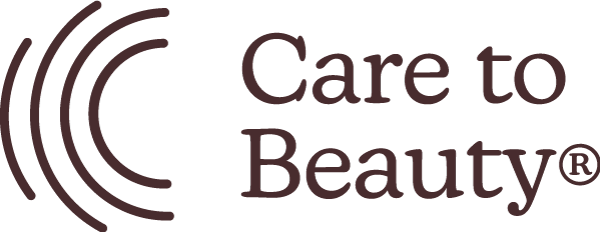

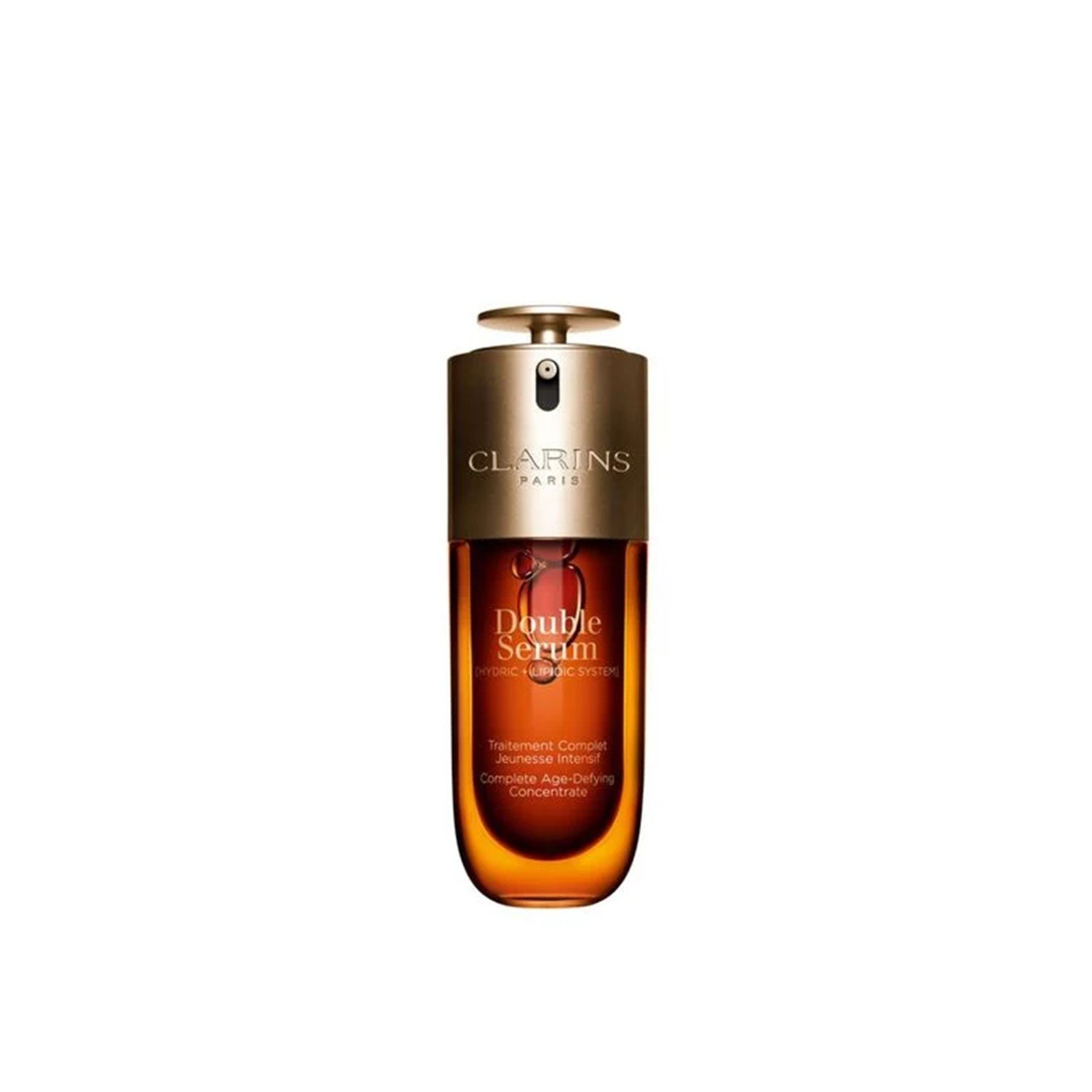 Clarins Double Serum
Clarins Double Serum
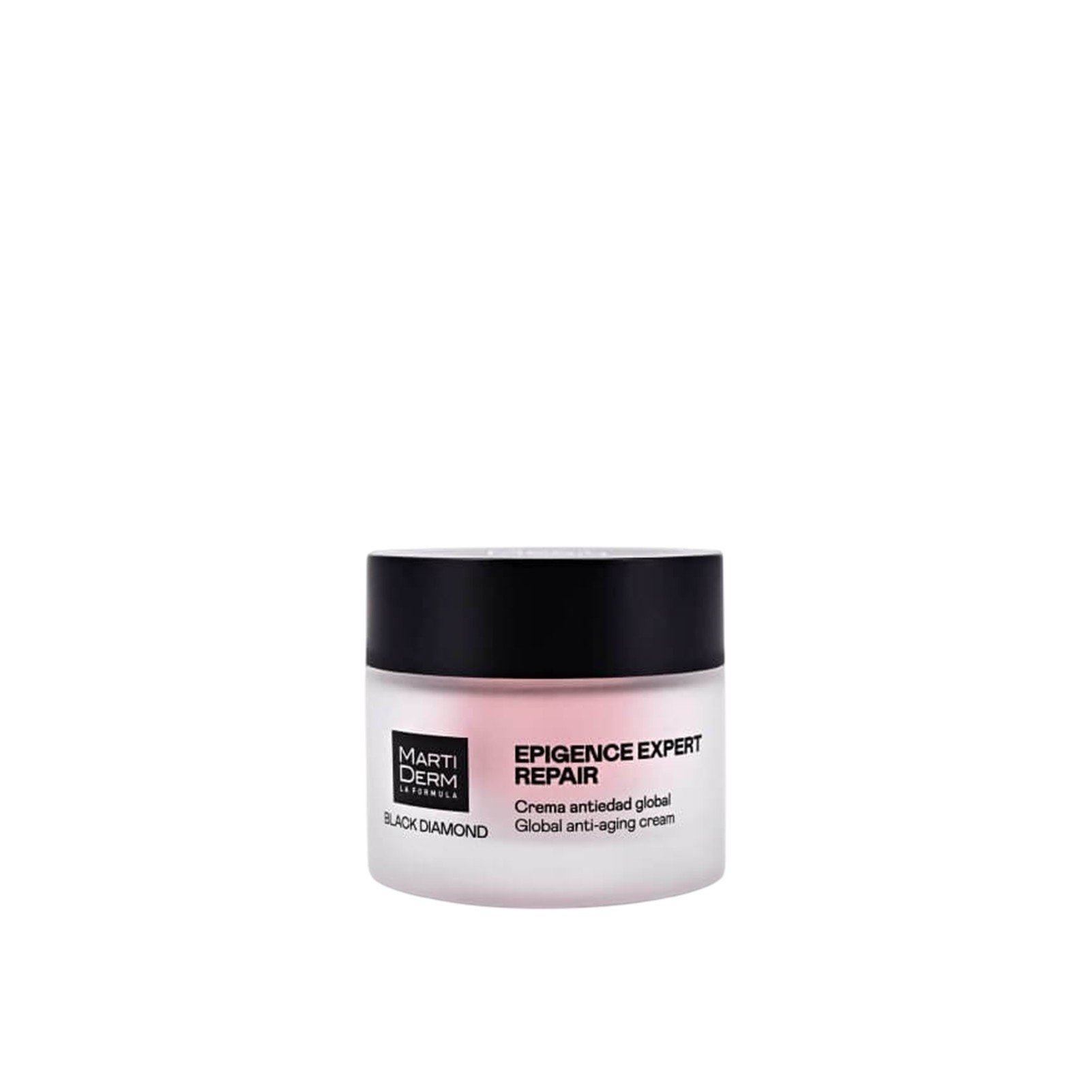 MartiDerm Black Diamond Epigence Expert Repair Global Anti-Aging Cream
MartiDerm Black Diamond Epigence Expert Repair Global Anti-Aging Cream
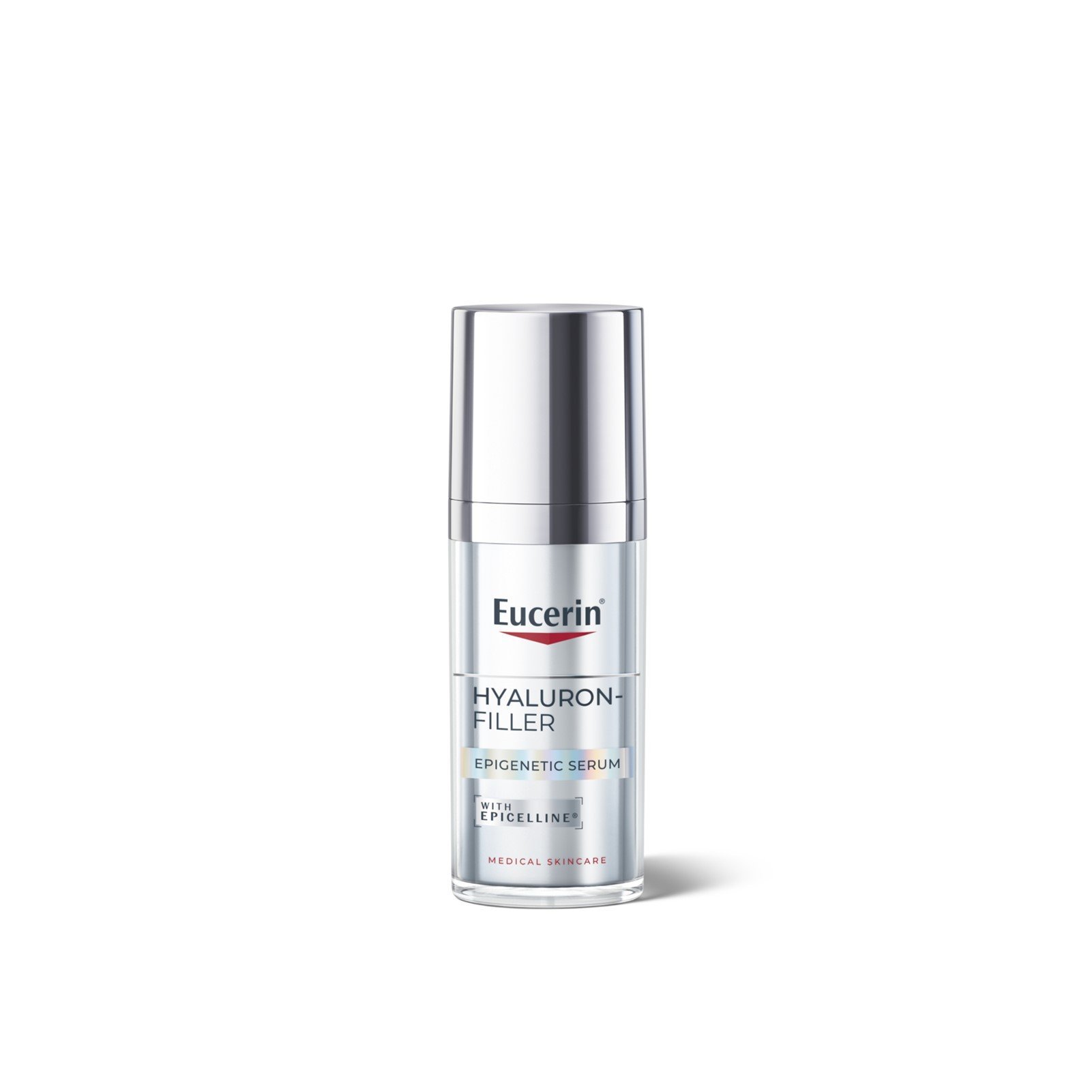 Eucerin Hyaluron-Filler Epigenetic Serum Anti-Age
Eucerin Hyaluron-Filler Epigenetic Serum Anti-Age
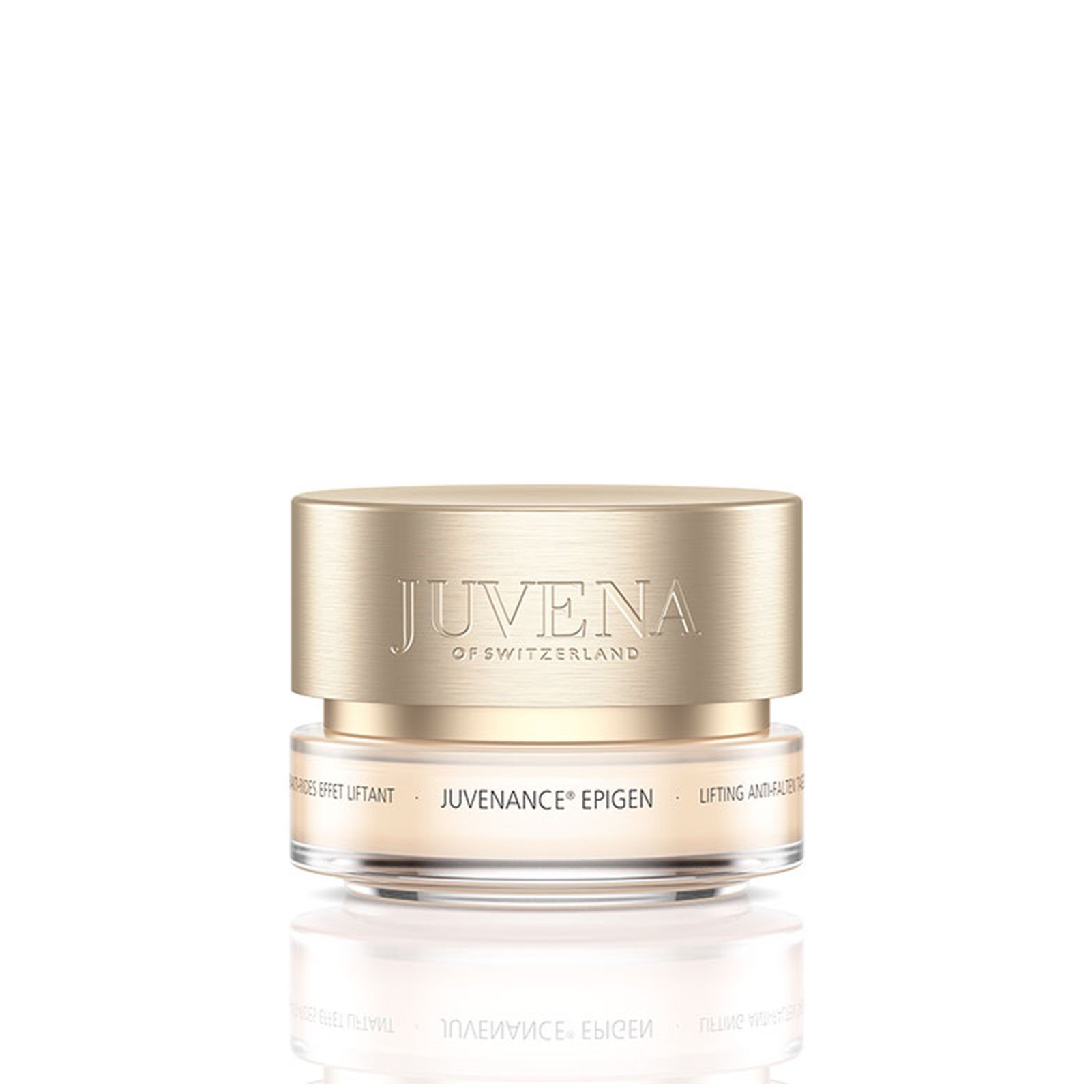 Juvena Juvenance Epigen Lifting Anti-Wrinkle Day Cream
Juvena Juvenance Epigen Lifting Anti-Wrinkle Day Cream
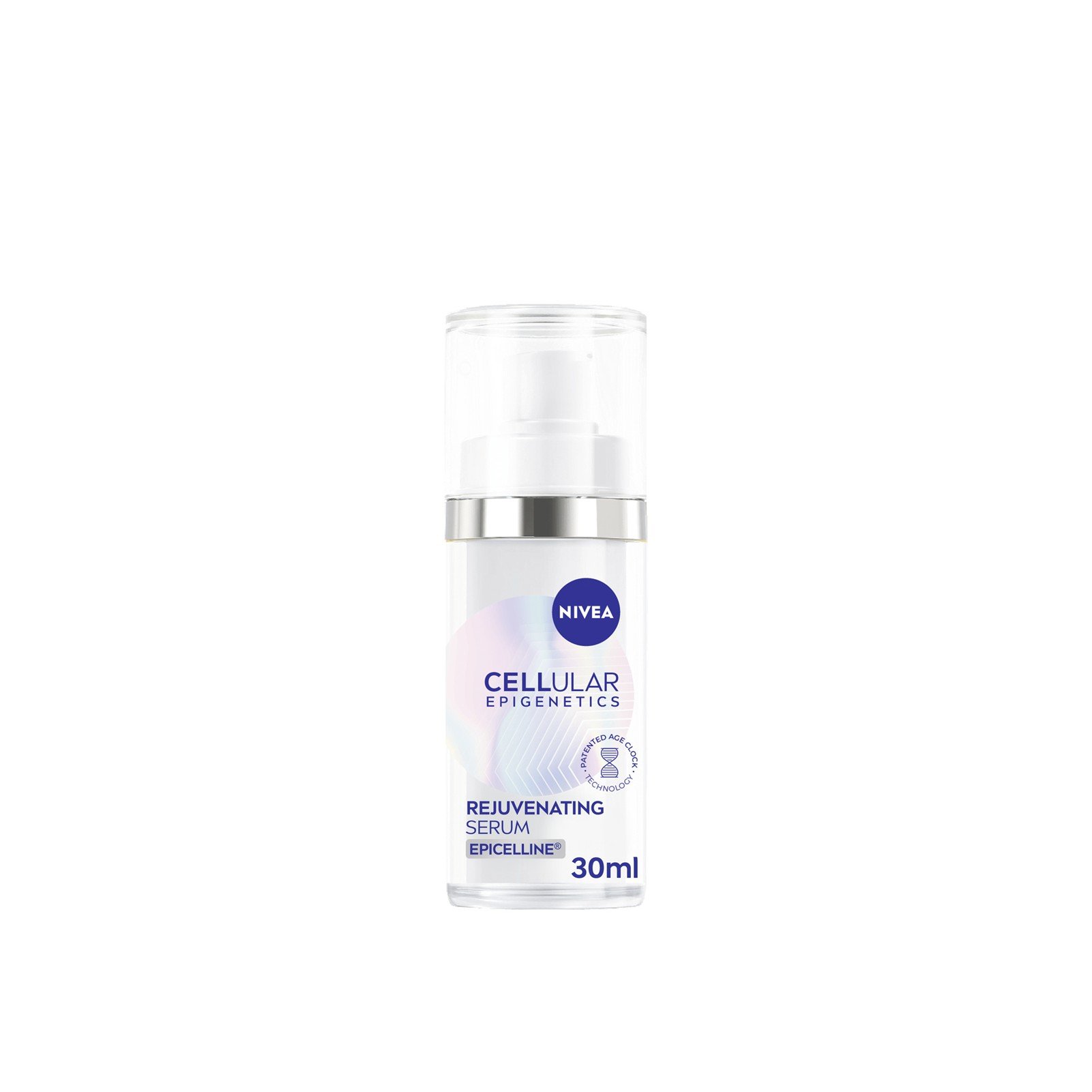 Nivea Cellular Epigenetics Rejuvenating Serum
Nivea Cellular Epigenetics Rejuvenating Serum
 Mesoestetic Age Element Firming Cream
Mesoestetic Age Element Firming Cream
